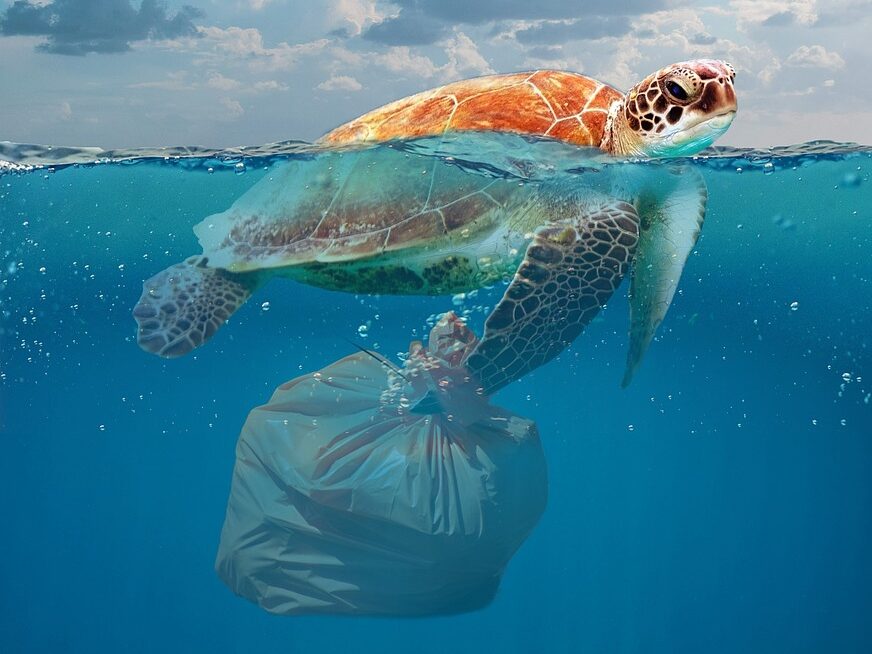
Microplastics are small plastic particles that are less than 5mm in size. They can come from a variety of sources, including the breakdown of larger plastic items and the use of cosmetic products that contain plastic microbeads. Microplastics are a major environmental issue because they are easily transported by water and wind, and they can be ingested by wildlife, fish, and other organisms.
The impact of microplastics on the environment is significant. They can negatively impact wildlife and marine life by getting entangled in their habitats and through ingestion, which can lead to physical injury and harm to their health. Microplastics can also disrupt the food chain and potentially enter the human food supply, raising concerns about their impact on human health. Additionally, microplastics can absorb and concentrate toxic chemicals, making them a potential source of pollution for the environment.
To reduce the impact of microplastics, it is important for individuals and companies to reduce plastic use, properly dispose of plastic waste, and support the development and use of sustainable alternatives to plastic products.
Here are some relevant websites for further information:
- National Geographic’s “Microplastics: What are They and Why are They a Problem?” (https://www.nationalgeographic.org/encyclopedia/microplastics/)
- The Ocean Cleanup’s “The Microplastics Problem” (https://theoceancleanup.com/plastics/microplastics/)
- Plastic Oceans International’s “The Impacts of Microplastics on the Marine Environment” (https://plasticoceans.org/the-impacts-of-microplastics-on-the-marine-environment/)
